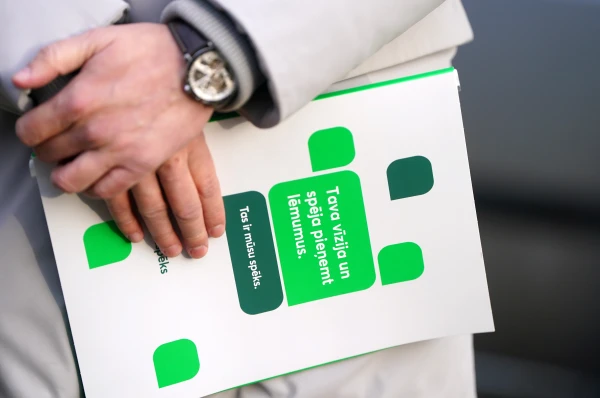
In Latvia, the gender pay gap remains one of the highest in the European Union (EU) — approximately 20-22% (depending on the year and methodology), according to "Eurostat" data, writes Diena.
This means that women, on average, earn one-fifth less than men for equal work or equivalent positions, says Maris Silinieks, marketing director of the recruitment company "WorkingDay Latvia."
In comparison, in Estonia, this gap is also significant — around 20%, while in Lithuania it is about 13-15%. In several Western European countries, such as France, Belgium, Italy, and Slovenia, this figure is significantly lower — from 4% to 10%, and there is a consistent trend towards its reduction.
For example, "Eurostat" data on the unadjusted gender pay gap implies that it takes the salaries of all working women (expressed in hourly rates) and the salaries of all working men, and calculates the difference. The unadjusted gender pay gap essentially reflects the employment structure, such as the fact that women are more likely to work in low-paying positions compared to men.
Senior consultant at the research and consulting company "Figure Baltic Advisory" Dace Taurina notes that women also more often work part-time (for this reason, women receive less variable components of remuneration than full-time employees), and women more frequently experience career breaks due to childcare or other responsibilities. The unadjusted gender pay gap serves more as a starting point for analysis rather than direct evidence of discrimination.
Unlike many Western European countries, Latvia shows a less even distribution of women between low-paying and high-paying positions, which certainly gives food for thought. Of course, the question arises as to why women choose low-paying jobs.
Speaking about young people entering the labor market, Taurina notes that for young professionals, the gender pay gap is not pronounced or is completely absent; it increases with age. More significant differences are observed in the age group of 30-45 years — at a time when many women are raising children and temporarily reduce their workload or choose more flexible but lower-paying jobs.















Leave a comment